When do I take pictures in manual mode
I am not a manual mode photographer. There I said it. For many people, being a professional photographer is synonymous with shooting in manual mode. For some people a professional photographer should only take pictures in manual mode. That view is very common on photography forums. I remember a few years back being attacked on a forum for daring to call myself professional photographer and shooting in Aperture Priority. Apparently in the eyes of the typical photography forum junkie it’s sacrilege. I’m no longer a member of that or any other photography forum.
I don’t shoot in manual mode and I don’t recommend it to most of my students, because, quite frankly, it’s not the best way to shoot. We buy these expensive cameras and then shoot in manual mode. What is the point. When I spend $5,000 on a camera, I want it to do some work for me.
In my photography workshops I still teach shooting in manual mode.
I believe that to understand the process one needs to know how to achieve accurate exposure in manual mode, but after that it is just better to let the camera do some of the work, so the photographer can concentrate on getting the right pose, a great expression, or capturing a decisive moment.
There are also a few times that using manual mode is necessary or even essential. And these are:
Night photography
There is no night photography in Aperture Priority. I mean, it can be done. When we set ISO to 100, we can still get the right exposure, but at night the light meter is not to be trusted. It will see a lot of darkness and a lot of very bright spots from car headlights, street lamps, etc. It will be almost impossible to get a right exposure without dialing it in, in manual mode. So much easier to just set the Iso to 100, set the aperture to something like f9 and then dial in the perfect light by playing with the shutter speed. Tripod, of course is a must. When I do night workshops at Milsons Point, the shutter speed is best around 15-30 seconds.
Studio photography

M for Manual Mode
When you use a flash that is not on camera, you must use manual mode. There is just no other way. The camera does not know that there is a flash in the room, does not know what is the power of it. When I shoot in a studio, a headshot session or a fashion/beauty shoot, I dial my exposure once and shoot with it the entire session. The light will not change, the flash will give me the same amount of light with every shot. Perfect. I use 1/125 shutter and f4 for a headshot to blurry the background a little. For a beauty shoot I will dial in f9 to get enough depth of field. My camera syncs at 1/250 so that is what I would use for shutter speed.
Wedding photography at reception
When I shoot a wedding reception I set my camera in manual mode and use a on-camera flash. The reason to not use Aperture Priority at reception or with a flash, is this: The camera will use the flash attached to it as a fill-flash, which means that I have little control over the shutter speed the camera will use. I don’t like that. I like a little bit more control over my shots. Especially at a wedding and in difficult light conditions. I don’t want to leave these shots to chance.
Also, at a wedding reception, the light really doesn’t change much. It’s like a dark studio, with bad lighting, especially on a dance floor where they have these disco lights that make it almost impossible to set the White Balance.
Another thing is that I want to control the shutter speed to introduce motion on the dance floor. It’s called shutter dragging, I’d set it to 1/25 and try to get motion blur from the dancing guests.
These are the only times I really use manual mode. Pretty much every other photograph I’m taking now are shot in Aperture priority and Auto ISO, especially my portraits.
Here is a more detail information about the process of taking pictures in manual mode.

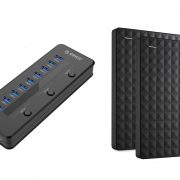
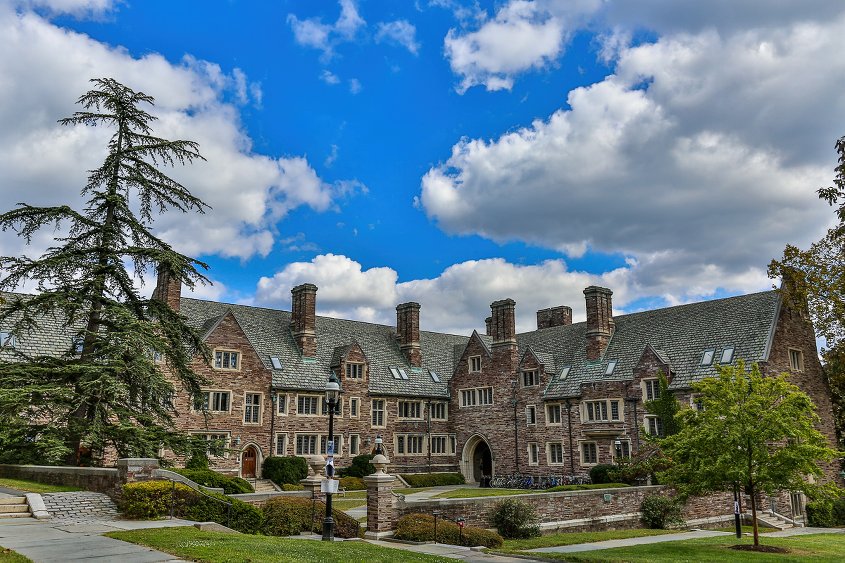

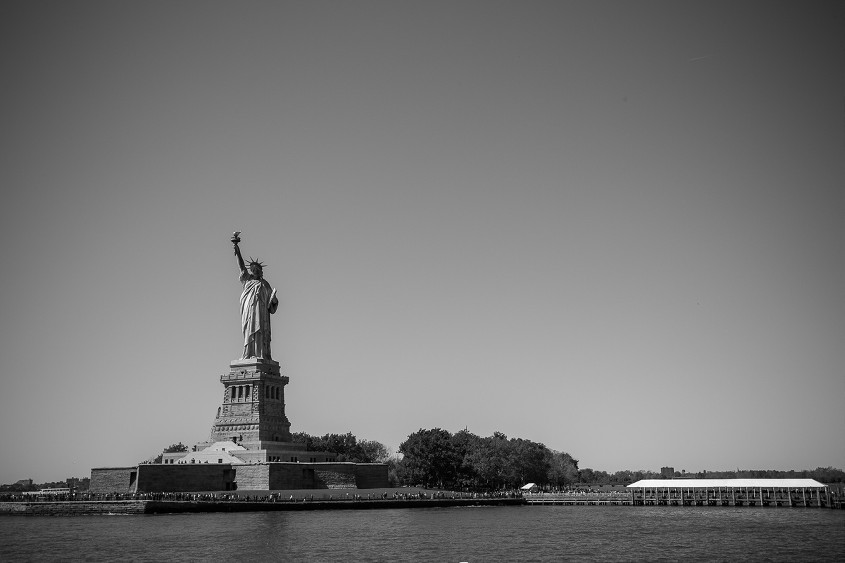
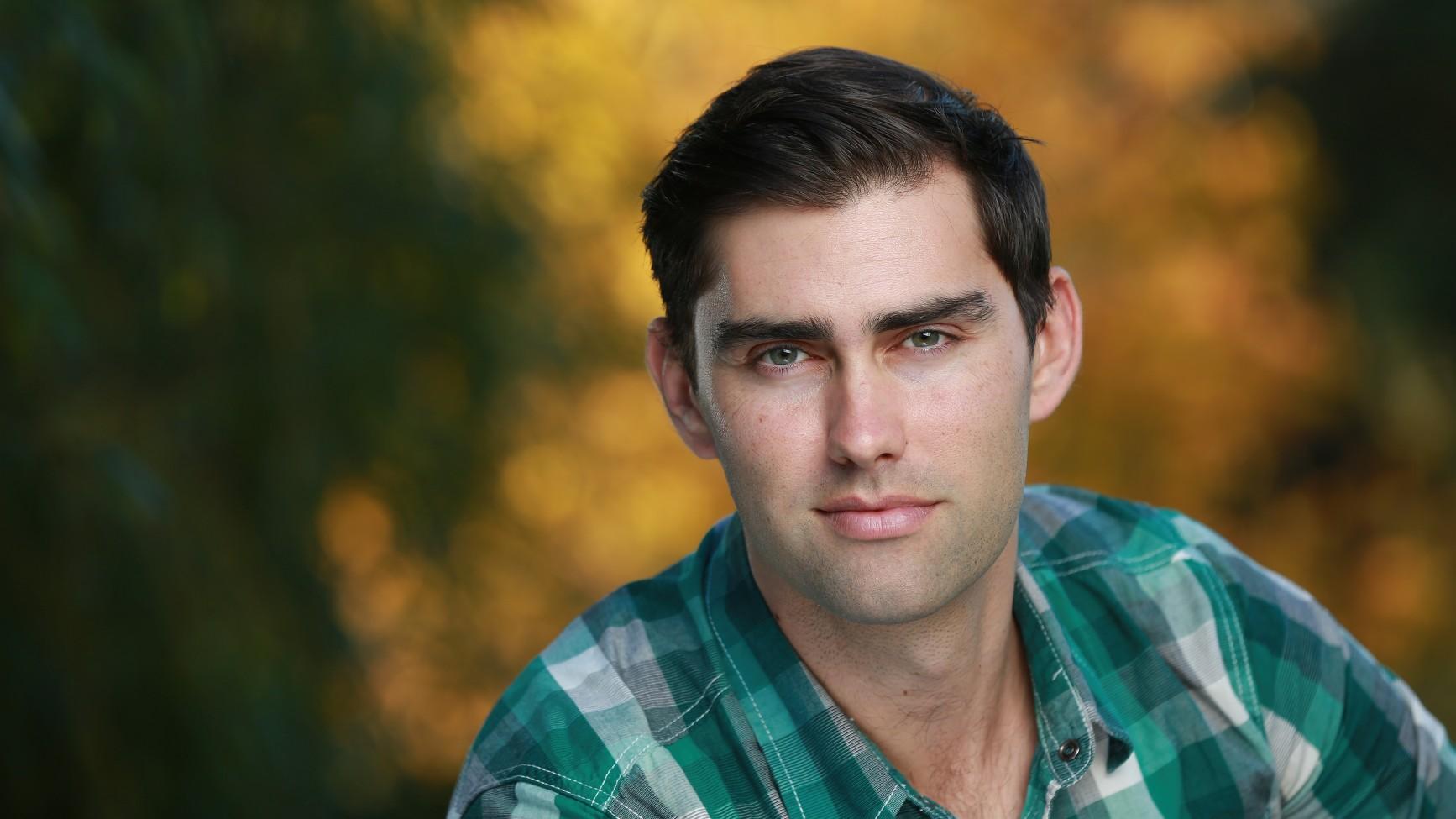
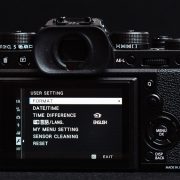


Leave a Reply
Want to join the discussion?Feel free to contribute!